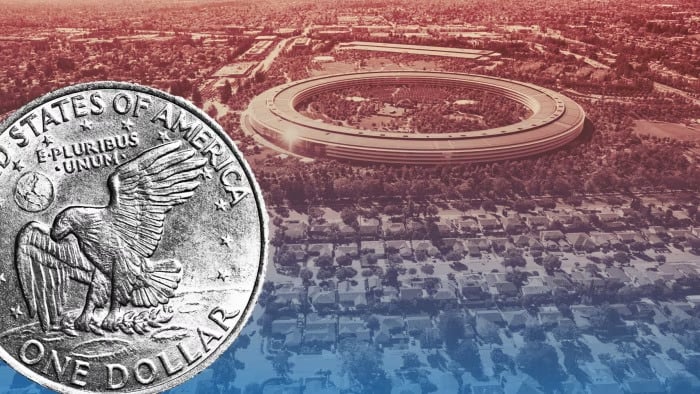
The writer is Holden Spaht, Managing Partner at Thoma Bravo
Rising stockpile of ‘dry powder’ is a sign of private capital’s growing attraction as an asset class
The stampede of new Silicon Valley unicorns emerging into the world has thinned into a straggling herd.
Venture capital firm Cowboy Ventures recently reported that of 532 US start-ups with billion-dollar-plus valuations in 2023, 60 percent were what it dubbed “Zirpicorns” — companies last priced between January 2020 and March 2022 when zero-interest rate policies propped up valuations.
Times have changed. Higher interest rates are just one aspect of a more broadly challenging business and market environment that makes private equity firms even more selective about the companies they target for their portfolios.
Finding a pathway to operational excellence and profitability for portfolio companies is the hard work that private equity managers live for. But PE can’t acquire a company that won’t sell at a plausible price. And it has naturally taken time for start-up owners to come to grips with valuations that are more realistic in a normal interest rate and business environment.
That’s contributed to a stockpile of so-called “dry powder” — funds committed by investors but sitting idle — that has risen to nearly $4tn, according to estimates from BlackRock and Preqin. It’s obvious that money not put to use doesn’t earn returns. And with exits from older investments still constrained by the drought in initial public offerings, stories are being told about how private equity faces a dilemma of nearly irreconcilable imbalances: too many older acquisitions under management; investors asking for return of capital to meet their liabilities; PE firms trying to raise money for new funds.
That does sound like an awkward equation. For the optimists, it is just a matter of buying a little time until a “new normal” crystallises. But that would require substantial monetary policy easing, market stabilisation without a recession, a reopening of the IPO window; a burst of (delayed) exits to the public markets.
Meanwhile, there’s a contingent of private equity pessimists (in fairness, they would probably call themselves pragmatists) who see the dry powder as dangerously combustible. In their eyes, the ailing Zirpicorns are more like zombies — and time-buying tactics are compounding the risks of what they consider excess leverage. These delaying strategies include so-called NAV loans, which use a fund’s investment assets as collateral to raise money, and continuation funds that buy assets from existing funds within private equity groups. Private capital accumulation looks to the pessimists like an omen of some kind of reckoning.
I think both these perspectives miss the mark. Start with the actual dry powder stockpile: $4tn is indeed a lot of money. But as a proportion of overall private capital assets under management — which Apollo estimates at more than $13tn — today’s uninvested capital (at about 30 per cent) isn’t unprecedented. It is actually proportionately smaller than it was in 2019 (about 40 per cent). A stockpile of dry powder is in reality a sign of private capital’s growing attraction as an asset class. Even with exits constrained, investors want to allocate more money because the returns justify it. And that demand may be even higher than it appears: Many investors are restricted by rigid allocation caps to the sector.
Profitable exits also do not depend on a robust IPO environment. From my perspective, exiting portfolio companies through sales to strategic buyers after making operational and business improvements is even more attractive. And this pathway is set to grow substantially in 2024. Secular trends in the economy such as the reshaping of geopolitics and the emergence of a new generation of artificial intelligence together signal a period of significant restructuring where firms will work to reorganise their assets and capabilities.
Overall, the rapidly evolving turn towards greater scrutiny of business models and return on investment is evidence that the days of waiting a decade or more for technology firms to generate profits are over. And that’s good news. More expensive money that leads to more demands to justify valuations through business performance is healthy pressure for private equity managers. Meanwhile, investors will be moved to scrutinise even more carefully the sources of their private equity returns and understand how much of performance is coming from financial leverage, from valuation-multiple expansion, and — most importantly — from operational business improvement.
The combination of these business disciplines leads me to believe that what’s ahead for private equity investment won’t just be a replay of the 2010s. I think it looks even better.
Read the complete article here, or access the it on the FT website here.











